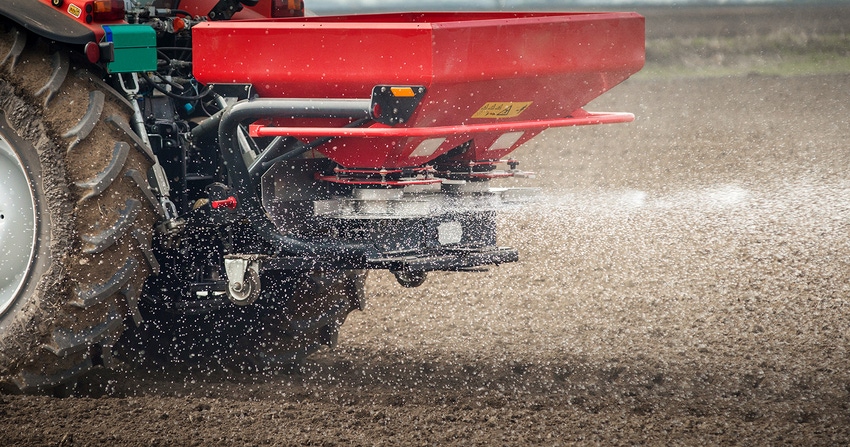October 28, 2022

Increased volatility in prices of farm inputs such as fertilizer is likely here to stay well into 2023, says Ben Brown, University of Missouri senior research associate for the Food and Agricultural Policy Research Institute.
U.S. prices for fertilizer stabilized in June and then declined in July and August, but Brown says it is unlikely they will remain low. “It is difficult to get downward pressure on input prices when output prices remain high,” he says.
Unfortunately, producers have few ways to respond to price increases for inputs. Fertilizer is by far the most complex market that farmers encounter currently, says Brown.
Farmers and ranchers experienced 200%-300% increases in fertilizer costs in 2021 and the first half of 2022 due to reductions in supply and strong demand. Many of the same factors look poised to return in 2023, says Brown.
Gas markets
Natural gas is a major component in the manufacture of anhydrous ammonia. Tightness in European gas markets resulted in increased prices in the U.S. Gulf. Strong demand for product also appears likely as the U.S. makes preparations for fall wheat planting and 2023 acreage decisions.
“Fertilizer prices induced the largest behavioral change for U.S. ranchers and forage producers on weaker to negative margins and expanding drought designations,” says Brown.
Farmers who bought fertilizer early last year saw better prices than those who waited. There is no way to predict if that will happen again this year, says Brown. “Winter weather forecasts in Europe will play an unusually large role in U.S. fertilizer prices this winter. One option to spread the price risk is to split nitrogen applications in fall and spring.”
Brown gives a global timeline showing factors that played into rising fertilizer prices, beginning with the COVID pandemic. Following sanctions, Belarus and Lithuania halted transit of potash to the Baltic Sea. In February 2022, Russia invaded Ukraine and markets saw record high material costs. Then food and fertilizer exports from the Black Sea were disrupted. By May 2022, sanctions on Russian individuals and entities and a global food crisis brought concerns.
Farmer profits
Unfortunately, farmers can’t keep profits steady when prices go up and revenue opportunities remain the same, says Brown. Global trade policies and relations also affect markets, with one of every three rows of U.S. soybean going to China.
Breakeven prices will almost certainly be higher in 2023, says Brown. Corn and other commodity prices must maintain current levels to offset increased input prices to achieve profit margins at the farm gate. “A lot will happen in the next 12 months to influence commodity markets,” he says. “Naturally, when prices move higher, we increase the potential for lower prices creating more risk and stress for farmers and ranchers.”
To combat rising prices, Brown recommends the following:
Review crop insurance to make sure that coverage meets current situations.
Create a well-defined grain marketing plan that provides some price protection.
Lock in delivery prices and insure with a Basic Revenue Protection Combination Plan.
For more information, contact Brown at 660-492-7574 or [email protected], or follow @BenBrownMU on Twitter.
Source: University of Missouri Extension
You May Also Like




